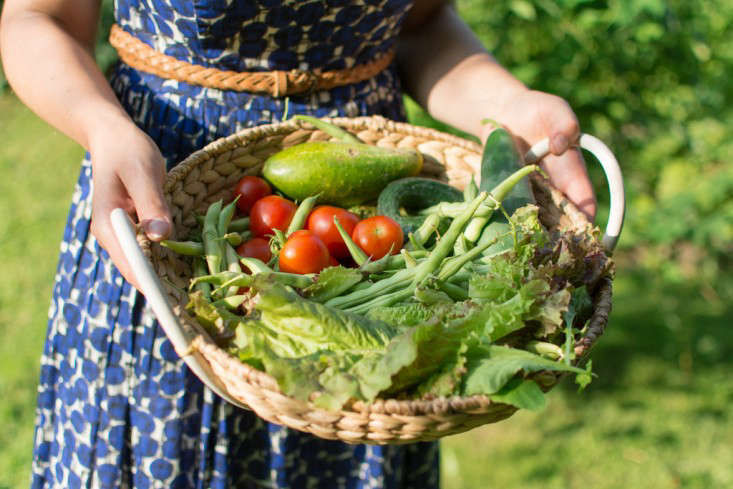Gardening 101: When Can You Plant Tomatoes, Peppers, and Other Warm Weather Vegetables? - Gardenista

The anticipation has been building since the first warmish day in late February. Most of our much loved vegetables for the home garden are semi-tropical or tropical and need a minimum temperature in order to thrive.
Photograph by Nicola Holtkamp, from Garden Visit: At Home with Katrin Scharl in Brandenburg, Germany.
When can you plant warm-weather crops?
You need to know your last freeze date for your area. The single most important thing to remember is that the date is an average of many decades of climate data from the National Oceanic and Atmospheric Administration.
A DIY A-frame hoop house extends the growing seasons for squash.
What is the difference between a frost, a freeze, a hard freeze, and a killing freeze?
Photograph by Erin Boyle, from Gone Wild: How to Grow Vegetables in the Middle of Nowhere.
A frost is when the air temperature is around 36-37F. A freeze happens at 32F. A hard freeze is 25 to 28F. A killing freeze is 24F. If the temperature dips only for a short time, the plants may be unaffected due to microclimates.
Why wait?
The cold can stunt growth, which can affect your yield when it comes time to harvest. The cold can also damage and kill parts of the plants, even the entire plant itself.
In addition to the three methods below to protect plants from frost, Victorian-style garden cloches will also do the trick.
How can you protect your plants from the cold?
Here are three ways you can extend the growing time of your warm-weather plants. Plastic milk jugs (with bottoms cut out) or cardboard boxes can be used to protect the plants when a cold snap is predicted.
This is the most-labor intensive method, as you need to remove them in the morning and replace them in the late afternoon as needed, so best for small plots.